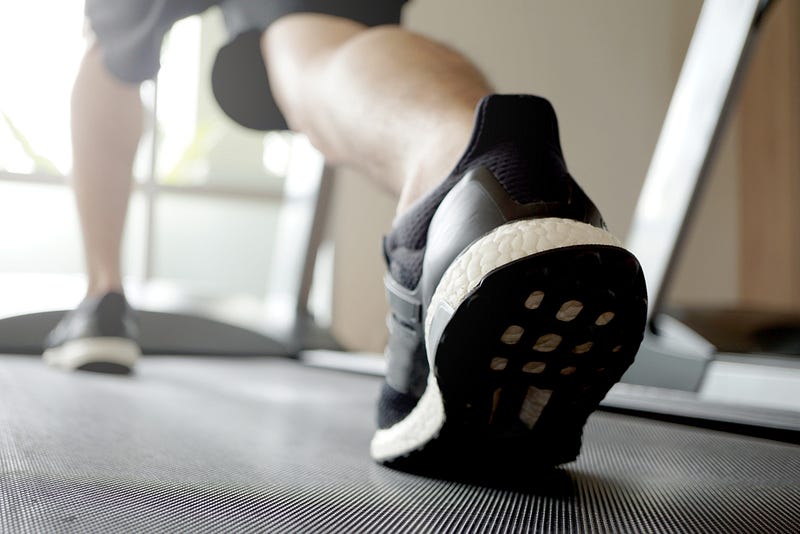The STEM of Their Interest: Making the Right Moves featuring Abby Cahill and the Action Lab
By Hugh Shirley, Biochemistry, 2019

This is the first of four pieces in the “STEM of Their Interest” series by Hugh Shirley, featuring Northeastern undergraduates and research labs. This piece was originally published as part of our Summer 2018 series.
A lab at Northeastern University comes in many shapes and sizes, and the undergraduates that work in those labs are just as diverse. How students got there, what drives them to put in the hours every week, and what they are passionate about is the subject of this series. We spoke with students in labs around campus to learn about what they do and why they do it.
When you think of a research lab, what comes to mind? Lots of reading? Long hours of dishwashing and plate pouring? Trying to stay out of the way of the postdocs who are doing the actual work? How about community and trust? What about finding a place where you are encouraged to actively learn and understand? Abby Cahill’s experience at the Action Lab may be unusual compared to what others might get out of their undergraduate lab work, but that only serves to highlight what really matters.
The Action Lab, led by Professor Dagmar Sternad, focuses on movement. Researchers look at what goes into the process of conscious motor skills, how we learn to perform new movements, and the neurological basis behind those movements. Previous work that’s come from the Action Lab has looked at dystonia, movement fine tuning, and predictive movements. Cahill, a third year Behavioral Neuroscience student, has been working in the Action Lab for over a year now on a project that is in its final stages before publication. Most undergraduates don’t get the chance to see a project through from beginning to end, but Cahill has been there every step of the way thanks to the support and trust that Sternad and her PhD students placed in her.
After hearing about the work in the Action Lab being done on Parkinson’s disease and movement, Cahill decided to see if there was a place for her.
Cahill’s interest stemmed originally from her freshman year Inquiries in Cell and Molecular Biology course, where Dr. Sternad taught a section on movement and motor control. After hearing about the work in the Action Lab being done on Parkinson’s disease and movement, Cahill decided to see if there was a place for her. “Parkinson’s has always been the driver of my interest in research, not even on purpose, but its always been the thing that’s drawn me to the labs I’ve worked at,” Cahill said, who is currently on co-op at Boston Children’s Hospital where she works in a Parkinson’s lab.
Cahill was placed under a PhD candidate in the Action Lab. But before she could start, Cahill spent a summer teaching herself MatLab, a programming tool that the Action Lab uses for its data analysis. Once her sophomore year rolled around, Cahill was ready to jump into the lab work. What Cahill didn’t know at the time, was how important the Action Lab would become in her Northeastern life.
“I liked having a touchstone at the university, kind of like a home base, a smaller community.”
The Action Lab, found on the top floor of Richards, quickly become Cahill’s home away from home away from home. “I liked having a touchstone at the university, kind of like a home base, a smaller community,” Cahill said. In the Action Lab, Cahill says she found something that she couldn’t get out of a club, not only a place to form relationships, but a place where everyone there was working together toward a common goal, and to be a valuable part of that process.
Cahill worked closely with her PhD candidate, now PhD, Dr. Zhaoran Zhang. Together, Zhang and Cahill studied how people change and adapt movements while learning how to perform new actions using virtual reality and game simulations. Cahill got the chance to see the project from its beginning, when she helped recruit participants, conduct tests, and collect data. As the study continued, Cahill continued with it, and learned a lot about herself in the process. “The really cool part was getting to prepare the data. I had never done any data analysis and that ended up being my favorite part,” Cahill said. Now, Cahill is helping finalize manuscripts for publication. Besides learning how to conduct a study from start to finish, Cahill learned that trust was a key part of the research experience, too.
Together, Zhang and Cahill studied how people change and adapt movements while learning how to perform new actions using virtual reality and game simulations.
Trust isn’t always at the forefront of an undergraduate’s time in a research lab, but that seems to be the case for Cahill. “It was really rare in the amount of responsibility that I was afforded, that they trusted me,” Cahill said about what made her experience different from those of her friends working in different labs. People in the lab turn to Cahill for her opinion, help, and advice. After working in the lab for over a year, gaining new skills and experiences, Cahill believes that the most important thing that she got out of her time in the Action Lab was the trust of her fellow researchers. I think that that’s one of the most valuable gifts they gave me was to be a trusted member of the process,” Cahill said.
The Action Lab has given Cahill the opportunity to present at RISE, Northeastern’s annual student research conference, win a grant from the Office of Undergraduate Research and Fellowship, and to explore her growing interest in both clinical and research fields. But to her, the importance of the relationships she’s built and the home that she’s found represent what she has truly gained from her time in the lab.
